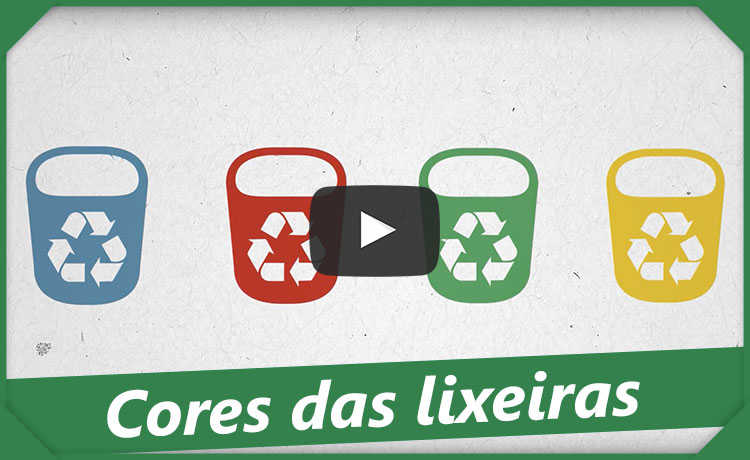First mini nuclear reactor has safety approved in the US
The project allows generating energy with a kind of mini-reactor, which can be coupled to other units to enable operation similar to that of a power plant

Image: NuScale/Disclosure
Projects that create a mini nuclear reactor are one of the hopes of proponents of nuclear energy. By dividing a nuclear facility into a series of smaller reactors, these mini-plants can be extensively fabricated and then placed where they will work, avoiding the construction of a giant complex on site. Because of this, mini-reactors can be a solution to the high cost of implementing and maintaining a nuclear power plant, in addition to allowing design features that improve its safety.
On Friday, the first modular mini reactor received design certification from the US Nuclear Regulatory Commission, meaning it meets safety requirements and can be chosen for future projects seeking licensing and approval.
The project comes from NuScale, a company born from research in the Oregon State University which has received some substantial funds from the US Department of Energy. The mini reactor is a steel cylinder 23 meters high by 5 meters wide, capable of producing 50 megawatts of electricity. They imagine that it would be possible to build a plant with up to 12 of these smaller reactors, which would be placed in a large reservoir, similar to those used in today's nuclear plants.
The basic design is conventional, using uranium rods to heat water in a pressurized internal circuit. This water transfers its high temperature to an external steam circuit through a heat exchange coil. Inside the plant, the resulting steam would go to a generator turbine, cool and circulate back to the reactors.
The design also uses a passive cooling system, so no pumps or moving parts are needed to keep the reactor operating safely. The pressurized internal circuit is arranged in a way that allows hot water to rise through the heat exchange coils and sink back into the fuel rods after cooling.
In the event of a problem, the reactor is similarly designed to manage its heat automatically. The control rods - which can wrap around the fuel rods, blocking neutrons and interrupting the fission chain reaction - are actively held in place above the fuel rods by an engine. In the event of a power outage or shutdown switch, it will fall on the fuel bars due to gravity.
Internal valves also allow the pressurized water circuit to be vacuum vented within the double-wall design, similar to a reactor thermos, pouring heat through the steel exterior, which is submerged in the cooling pool. An advantage of the small modular design is that each unit retains a smaller amount of radioactive fuel and therefore has a smaller amount of heat to get rid of in a situation like this.
THE NuScale presented its project at the end of 2016, and the approval of a new type of reactor was not an easy task. The company claims that it sent more than two million pages of information requested in the course of the process. But in the end, the agency signed: "The NRC concludes that the project's passive characteristics will ensure that the nuclear plant safely shuts down and remains safe in emergency conditions, if necessary."
Some modular light water reactors are about to start the certification process. Separately, several companies have plans to introduce very different projects, such as molten salt reactors. But these projects are still far from reality. NuScale, on the other hand, says it plans to have its first reactors deployed "by the mid-2020s".










